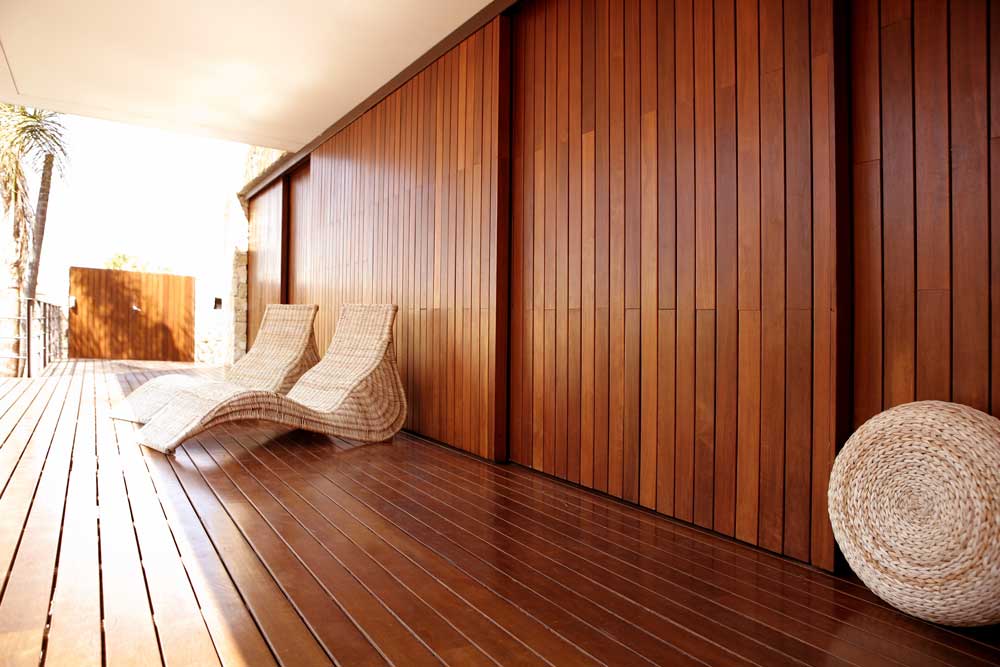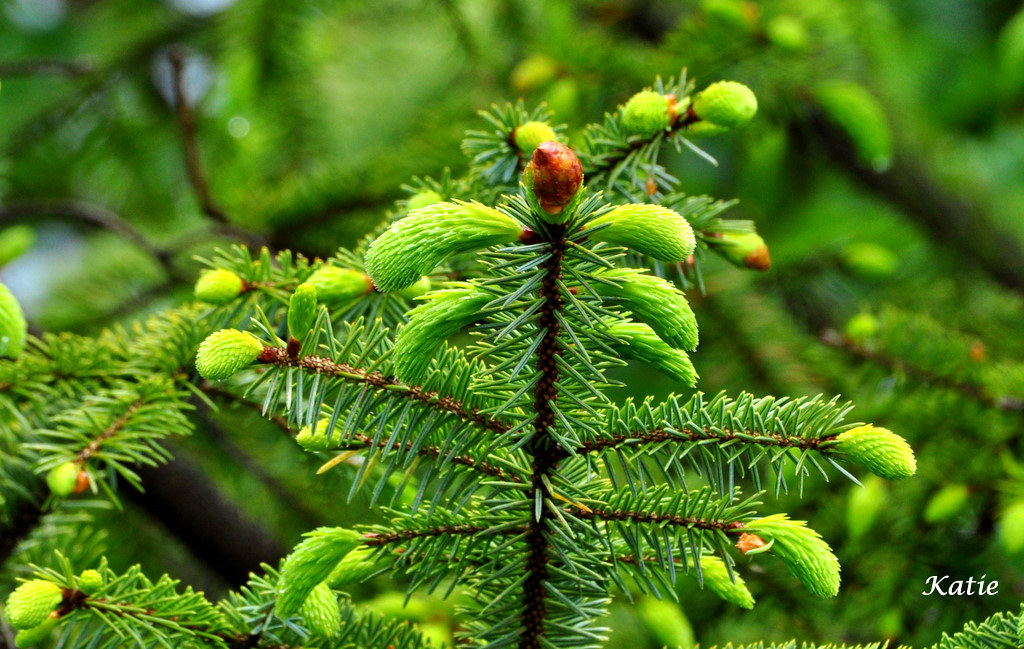How to Apply Clear Coat on Wood
To apply clear coat on wood, use a brush to work in the direction of the wood grain, allowing it to dry before lightly sanding and removing any dust. Apply a second coat, and for extra durability, consider applying a third coat.
Applying a clear coat on wood is an essential step to protect and enhance the natural beauty of the material. Whether you want to seal a piece of furniture, wooden floors, or a woodworking project, knowing the proper technique can ensure a smooth and professional finish.
By following a few simple steps, you can apply a clear coat on wood that not only provides protection but also enhances the appearance. We will guide you through the process of applying a clear coat on wood, ensuring you achieve a durable and beautiful result.
Choosing The Right Clear Coat For Wood
Applying a clear coat on wood is a simple process that enhances durability. Start by sanding the surface and wiping off any dust. Then, apply the clear coat with a brush, following the direction of the wood grain. Allow it to dry and sand lightly before applying additional coats for added protection.
Understanding Different Types Of Clear Coats Available
When it comes to choosing the right clear coat for your wood project, it’s important to understand the different types of clear coats available. Clear coats come in various formulations, each offering different levels of durability and protection.
- Polyurethane: A popular choice for wood finishing, polyurethane provides a durable and protective finish. It comes in both oil-based and water-based formulations.
- Varnish: Varnish is known for its excellent protection against moisture and UV rays. It is available in glossy, satin, and matte finishes.
- Lacquer: Lacquer is a fast-drying clear coat that offers a high-gloss finish. It provides good protection but may require more maintenance over time.
- Shellac: Shellac is a natural clear coat derived from the secretion of the lac bug. It offers a warm and amber-toned finish.
Considering The Specific Needs Of The Wood Project
Before selecting a clear coat, it’s crucial to consider the specific needs of your wood project. Take into account factors such as the type of wood, its natural color and grain, the level of durability required, and the desired aesthetic outcome.
If you want to maintain the natural color and grain of the wood, a clear coat with minimal tint or color is ideal. On the other hand, if you want to enhance or alter the color, you can choose a tinted clear coat that matches your desired shade.
Consider the level of durability needed for your project. If the wood will be exposed to high moisture or UV rays, opt for a clear coat with excellent moisture and UV resistance. For high-traffic areas, a clear coat with increased scratch resistance is recommended.
Selecting Between Oil-based And Water-based Clear Coats
When deciding between oil-based and water-based clear coats, consider the advantages and disadvantages of each.
- Provide a rich and warm finish
- Enhance the natural color and grain of the wood
- Offer excellent durability and protection
- Can be more challenging to apply and require longer drying times
- Tend to emit stronger fumes during the application process
- Have a clear and transparent finish
- Dry faster and have a lower odor
- Are easier to clean up with water
- Can be less durable compared to oil-based clear coats
- Tend to have less risk of yellowing over time
Consider the specific needs of your project, such as the desired finish, ease of application, and environmental considerations, when choosing between oil-based and water-based clear coats.
Preparing The Wood Surface For Clear Coat Application
To apply clear coat on wood, start by sanding the surface thoroughly and wiping it down to remove any dust. Then, using a high-quality bristle brush, apply the clear coat in the direction of the wood grain. Once the first coat dries, lightly sand it and remove any dust before applying a second coat for added durability.
A third coat can be applied if desired.
Sanding The Wood Surface Thoroughly
To ensure a smooth and flawless surface for your clear coat application, start by sanding the wood thoroughly. Use sandpaper with a grit of 220 or higher and sand in the direction of the grain. This will help to remove any roughness or imperfections on the wood surface and create a smooth base for the clear coat. Be sure to sand evenly and focus on areas that may be more uneven or have rough spots.
Removing Any Dust And Debris
After sanding, it is crucial to remove any dust and debris from the wood surface. This will prevent them from getting trapped under the clear coat and affecting the final finish. Use a clean, dry cloth or a tack cloth to gently wipe the surface, making sure to remove all loose particles. Pay extra attention to corners and crevices where dust can accumulate.
Ensuring A Smooth And Clean Surface
Before applying the clear coat, it is essential to ensure that the wood surface is smooth and clean. This will help the clear coat adhere properly and result in a professional-looking finish. Inspect the sanded surface for any remaining rough spots or imperfections and sand them down if necessary. Wipe the surface once again with a clean cloth or tack cloth to remove any remaining dust or debris.
By following these steps, you will prepare the wood surface for clear coat application, creating a smooth and clean foundation for a beautiful and durable finish.
The Importance Of Applying Clear Coat On Wood
When it comes to wood surfaces, applying a clear coat is not just a matter of aesthetics but also of practicality. Clear coat serves multiple essential purposes that can significantly enhance the lifespan and appearance of wooden surfaces. Let’s dig deeper into why it is crucial to apply clear coat on wood.
Protecting The Wood From Moisture And Uv Damage
Wood is naturally susceptible to damage from moisture and UV rays. However, applying a clear coat acts as a protective shield, preventing water or moisture from seeping into the wood fibers. This protective barrier helps to prevent warping, cracking, and rotting caused by water exposure.
Additionally, UV rays from the sun can cause discoloration and fading of the wood over time. The clear coat acts as a barrier to block harmful UV radiation, preserving the natural beauty and color of the wood for longer periods.
Enhancing The Natural Beauty Of The Wood
Wood has a unique and rich aesthetic appeal, but without proper protection, its natural beauty can deteriorate over time. The clear coat enhances the wood’s appearance, providing a glossy and smooth surface that highlights the unique grain patterns and colors.
By accentuating the natural features of the wood, the clear coat not only enhances its visual appeal but also adds a touch of elegance and sophistication to any wooden surface.
Increasing Durability And Longevity Of Wooden Surfaces
Wooden surfaces are subject to daily wear and tear, including scratches, stains, and general degradation. The application of a clear coat creates a strong and durable protective layer. This layer acts as a shield, protecting the wood from physical damage and minimizing the accumulation of dirt and grime.
Furthermore, the clear coat ensures that the wood remains strong and stable over time, increasing its overall durability and longevity. With proper care and maintenance, clear-coated wood surfaces can maintain their pristine condition for years to come.
In conclusion, applying a clear coat on wood surfaces is essential for protecting against moisture and UV damage, enhancing the natural beauty of the wood, and increasing durability and longevity. By taking this crucial step, you can ensure that your wooden surfaces remain visually appealing and withstand the test of time.
Applying Clear Coat With A Brush
To apply clear coat on wood, use a brush to apply the finish in the direction of the wood grain. After it dries, lightly sand the surface and remove any dust before applying a second coat. For added durability, a third coat can be applied.
Working In The Direction Of The Grain
When applying a clear coat on wood with a brush, it is crucial to work in the direction of the grain. This technique helps to ensure that the clear coat is evenly distributed and enhances the natural beauty of the wood. Brushing against the grain can lead to an uneven application and may result in a less desirable finish. So, always follow the natural flow of the wood grain to achieve the best results.
Proper Technique For Smooth And Even Application
To achieve a smooth and even application of clear coat on wood, it is important to use the proper technique. Start by sanding the wood surface thoroughly to create a smooth canvas. This step helps the clear coat adhere better and creates a more professional-looking finish. After sanding, wipe down the surface to remove any dust particles that may have accumulated.
Now, it’s time to apply the clear coat. Dip your brush into the clear coat, making sure to only load a moderate amount of product onto the bristles. Begin brushing the clear coat onto the wood, working in long and even strokes in the direction of the grain. Be mindful of brush marks and strive for a consistent application. Take your time and work in manageable sections, ensuring that each area is covered evenly.
Tips For Avoiding Drips And Brush Marks
Avoiding drips and brush marks is essential to achieve a professional-looking finish. Here are some tips to help you avoid these common pitfalls:
- Use a high-quality brush with the appropriate bristles for your clear coat. Natural bristle brushes are suitable for oil-based finishes, while synthetic bristle brushes work well for water-based ones.
- Avoid overloading the brush with clear coat. This can lead to drips and an uneven application. Load a moderate amount of product onto the brush.
- Brush with long and even strokes, following the direction of the wood grain. This helps to minimize brush marks and ensures a smooth finish.
- Work in manageable sections, rather than trying to cover the entire surface at once. This allows you to focus on each section and maintain control over the application process.
- If you notice any drips or brush marks, gently brush them out or remove excess product with a clean brush or cloth before it dries.
By following these tips and using the right technique, you can achieve a flawless clear coat application on wood. Remember to work in the direction of the grain, apply the clear coat evenly, and take precautions to avoid drips and brush marks.
Applying Multiple Coats For Added Durability
To apply a clear coat on the wood for added durability, start by brushing it in the direction of the grain. After it dries, lightly sand it and remove the dust before applying a second coat. For even more durability, consider applying a third coat.
The Benefits Of Applying Multiple Coats
Applying multiple coats of clear coat on wood not only enhances the durability of the finish but also provides several other benefits. When you apply more than one coat, you create a stronger protective barrier on the wood surface. This barrier helps to prevent damage from moisture, UV rays, and everyday wear and tear. By applying multiple coats, you can also achieve a deeper and more lustrous finish, adding depth and richness to the wood’s natural beauty. Additionally, multiple coats can help to smooth out any imperfections or unevenness in the wood surface, resulting in a flawless end result.
Proper Drying And Sanding Between Coats
To ensure optimal results and a long-lasting finish, it’s crucial to allow each coat of clear coat to fully dry before applying the next. Proper drying time allows the finish to harden and cure, providing the necessary protection to the wood. Depending on the type of clear coat you’re using, drying times may vary. It’s best to refer to the manufacturer’s instructions for specific drying times. Once the coat is dry, sanding lightly with fine-grit sandpaper is essential to create a smooth and even surface for the next coat. This step helps to remove any imperfections, dust particles, or brush strokes from the previous coat, ensuring a professional-looking finish.
Achieving A Smooth And Flawless Finish
To achieve a smooth and flawless finish when applying multiple coats of clear coat on wood, it’s important to follow a few key steps. First and foremost, make sure to apply each coat in the direction of the wood grain using a high-quality brush suitable for the type of clear coat being used. This technique helps to ensure an even application and prevents brush marks or streaks. Secondly, make sure to remove all the sanding dust between each coat using a tack cloth or a lint-free cloth dampened with mineral spirits. This step is crucial in achieving a blemish-free finish. Lastly, be sure to allow adequate drying time between each coat to allow the clear coat to fully cure and harden.
In summary, applying multiple coats of clear coat on wood provides added durability, a deeper and more lustrous finish, and a smooth and flawless end result. By following proper drying and sanding techniques, you can achieve a high-quality finish that enhances the natural beauty of the wood while offering long-lasting protection. So don’t settle for a single coat when it comes to clear coating wood – opt for multiple coats and enjoy the benefits they bring.

Credit: www.sayerlack.com
Frequently Asked Questions For How To Apply Clear Coat On Wood
Can You Put Clear Coat On Raw Wood?
Yes, you can apply a clear coat on raw wood. Use a brush to apply the clear finish, working with the grain of the wood. Let it dry, lightly sand, and remove any dust. Apply a second coat for added durability, and you can even apply a third coat if desired.
How Long To Wait Before Clear Coat Wood?
Wait at least 24 hours before applying a clear coat on wood. Make sure to brush on the clear coat in the direction of the wood grain, sand lightly after drying, remove any dust, and apply a second coat for added durability.
A third coat can also be applied if desired.
Do You Have To Sand Clear Coat On Wood?
Sand the clear coat lightly after it dries and remove any sanding dust before applying a second coat. For added durability, a third coat can be applied.
How Do I Apply A Clear Coat On Wood?
Most clear finishes are applied with a brush, working in the direction of the grain of the wood. After it dries, lightly sand it, remove the sawdust, and apply a second coat for added durability. A third coat can be applied if desired.
Conclusion
To apply a clear coat on wood, it is essential to follow the proper steps for a flawless finish. Start by brushing on the clear coat, ensuring to go in the direction of the wood grain. After it dries, lightly sand the surface and remove any sanding dust before applying a second coat.
For added durability, a third coat can be applied. Remember to use a high-quality brush that matches the type of finish being used. By following these steps, you can achieve a smooth and picture-perfect clear coat on your wood projects.
Related Articles
10 Best Small Evergreen Trees with Non Invasive Roots
 Dr Ahsanur Rahman, PHD
Dr Ahsanur Rahman, PHDPine Tree Rescue: Saving Pine Trees with Brown Needles
 Dr Ahsanur Rahman, PHD
Dr Ahsanur Rahman, PHD






